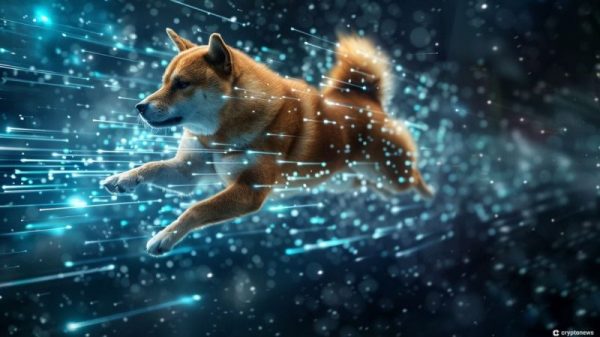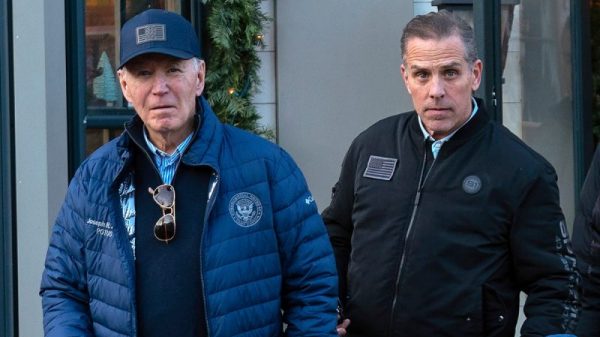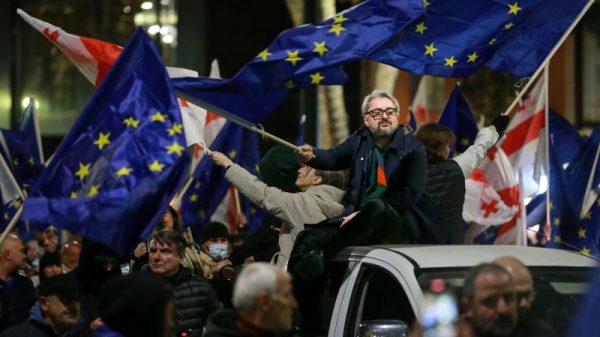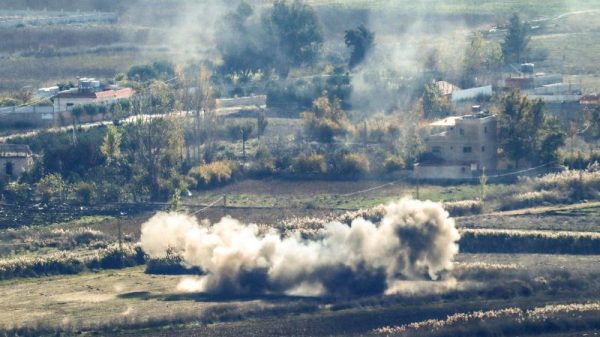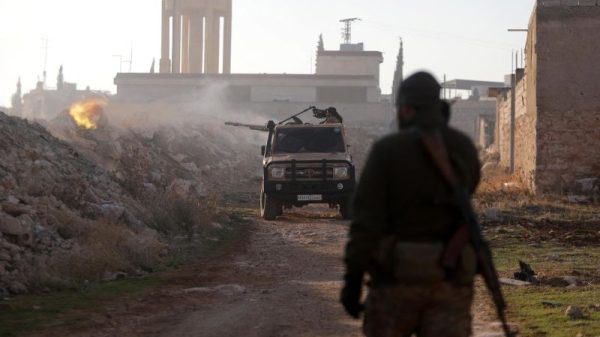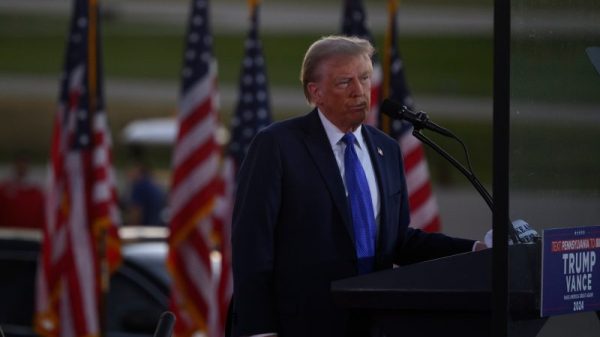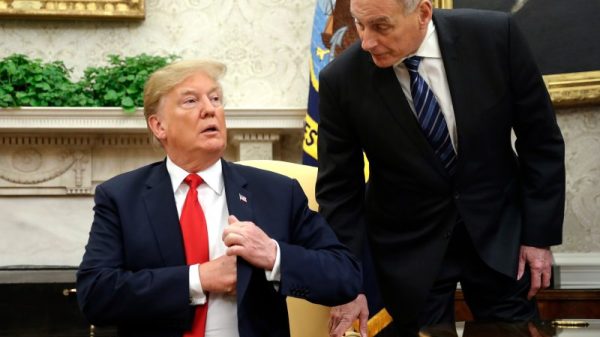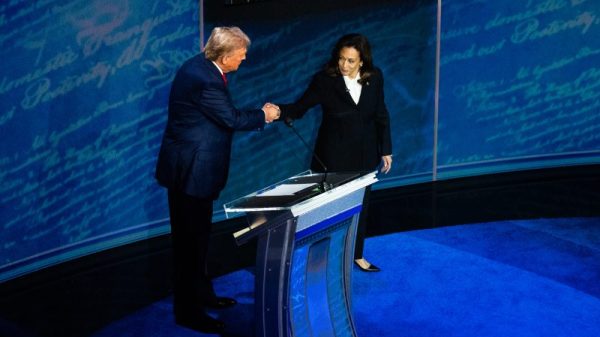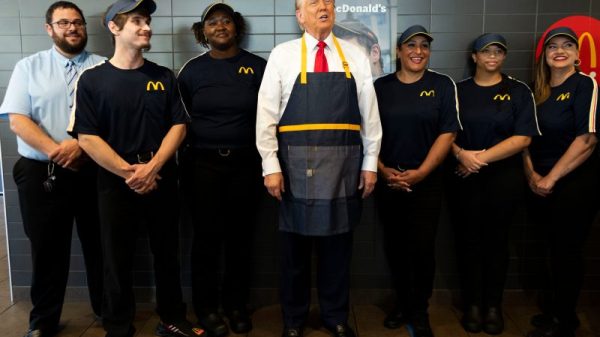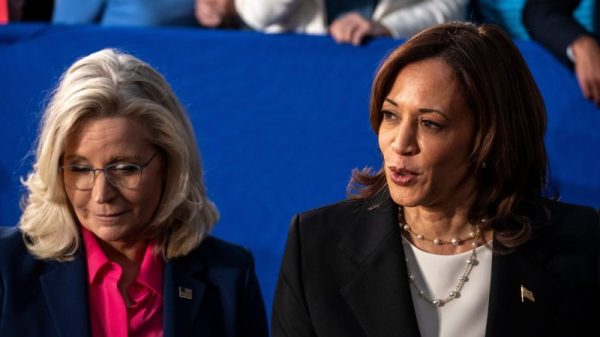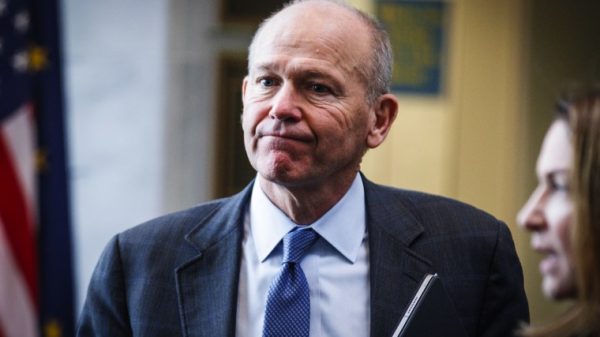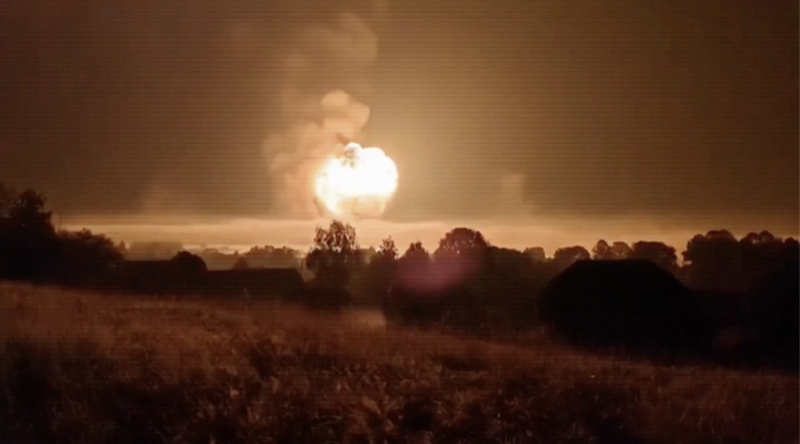 Artificial Intelligence (AI) has been making steady inroads in various industries, including journalism. In Venezuela, this revolutionary technology is now being used to protect journalists.
Artificial Intelligence (AI) has been making steady inroads in various industries, including journalism. In Venezuela, this revolutionary technology is now being used to protect journalists.
With the rising threat to the safety of journalists coupled with dwindling press freedom record in Venezuela, AI has emerged as a significant tool to safeguard these individuals. Politics in the country has grown complex, and journalists’ safety often come under harm’s way for reporting news that goes against certain political groups or ideologies.
AI technology is being used to create ‘digital anchors’—computer generated journalists who deliver the news. The AI anchors read the news articles on-camera, which were written by human journalists operating remotely or from safety. The use of AI anchors prevents the journalists from being physically present in the studio or in public, as a rational protective layer to them.
The primary objective is to make sure human journalists aren’t directly targeted for the content they produce and share. They work behind-the-scenes, while the AI-generated image or avatar delivers the report.
Despite the novelty of the initiative, these AI anchors aren’t designed to replace real journalists. They can’t carry out investigative journalism, seek out sources, conduct interviews, or bring the human element to storytelling – skills that are unique to human journalists.
Hence, AI news anchors not only prevent valuable loss of life but also ensure that the citizens of the country are kept in the loop about the happenings around them. This is a practical example of how AI is used for the greater


